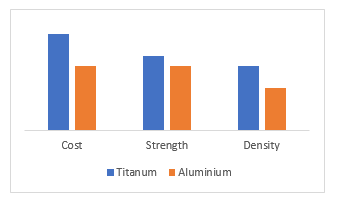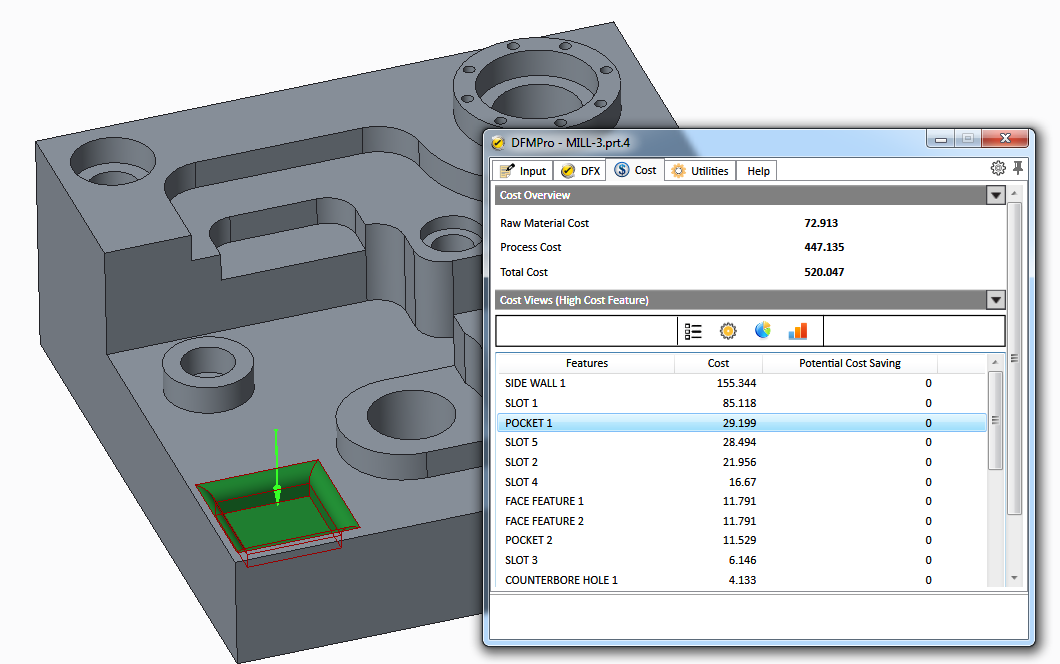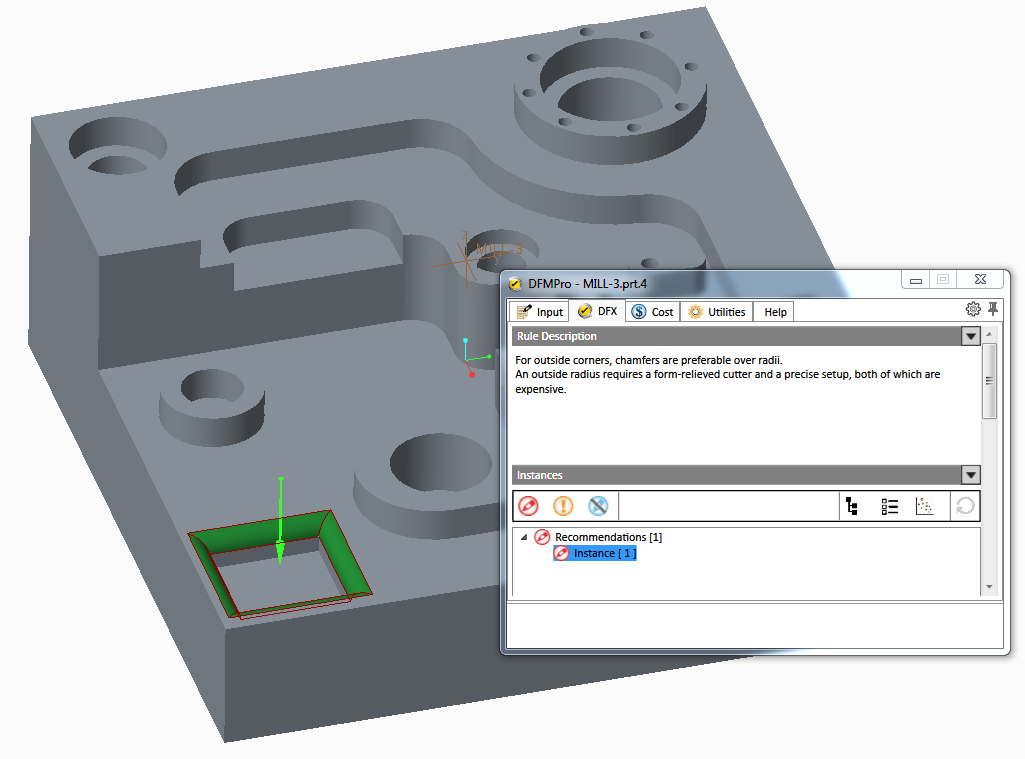Ever wondered how successful products help organizations not only to grow but also deliver rock solid profits? The key lies with building product that not only delivers performance to the customer but give higher returns while keeping product cost at optimal level. It’s a tricky challenge that not many organizations are able to master it as it’s start with design of the product and fate of the product is sealed in terms of it’s cost at the point it moves from design not manufacturing. Such successful businesses not only control to cost but also make sure it gets ascertained at each stage of concept, detailed design, manufacturing to end of service.
Ascertaining cost at later point of time is easy as all details are available to estimate the cost at the time of manufacturing. However, for design engineers it is not the case. There are many decisions that should be made when the product is getting created. There are multiple choices that should be carefully evaluated not only from form, fit and function but also looking at manufacturing feasibility often referred as Manufacturability and cost of each choice. Only when design engineers can get such feedback on cost and manufacturability during the design, they are able to make decisions to make sure no ‘fat’ is getting built in product.
There are 3 key areas of design that design engineer should be very careful while evaluating options and making choice. Given that fact that 70% cost of the product is ascertained at design level, post release to supply chain only 30% lever is available. 3 key influence’s for design are:
- Material choices: Material choices play key role as at times from 40% to 80% of the cost is determined by materials. The primary reason for the same is raw material selected for manufacturing directly contributed to raw material weight required but also contributes to process parameters like manufacturing time. For example, between Aluminum and Titanium both are light weight for typical aerospace application. However, machining time for both varies greatly. Also, Titanium weighs more that aluminum. Given the advent of material science even materials like PEEK can be machined. So, it is important that these choices are evaluated at concept stage of design itself before detailed design begins. A same tube that need 4 mm wall thickness can be designed with other material with 2 mm thickness as the shear strength of the other material is better than first one. Apart from these areas the availability of stock sizes and forms of material also needs to be taken while evaluating materials choices.
Apart from above, regulatory requirements and industry specific requirements also govern material choiceness. But it is assumed here that design engineers are looked at all these aspects before evaluating cost.

Material comparison for choices
- Geometry of features: Geometry defines or at times is responsible for function or performance of part. Not only subtractive process like machining, sheet metal but also additive manufacturing process like injection molding, die casting depend on how geometry of the feature is created. Geometry directly impacts manufacturability of a feature itself i.e. ease of manufacturing.a) Setups – Secondly to create a specific feature number of manufacturing operations and setups may be required. For example, if there are 10 countersink holes on a part but with different chamfer angles, it would need tool change for each hole.b) Tooling – Tooling cost depends a lot on features created in design. For example if there are multiple openings on Injection molded part from different XY-YZ-ZX plane then additional side action is required and tooling engineer has to accommodate additional tool items like lifters and slides which drives tooling cost to north.c) Process time – A thumb rule is standard features takes sorter time to produce e.g. standard holes will always have drills sizes available in the market. Any non- standard items multiple fillet radiuses on top would need longer process cycles as it will take longer time for tool to remove material due to slow speed. Similarly in case of processes like injection molding if the wall thickness of the part is not maintained within range, it will take longer time for material to cool at the thickest section leading to longer cooling time.

Feature design and impact on manufacturing time
- Tolerances : To produce better quality, we need to provide tight tolerance! A popular myth with most engineers, often gets discussed in organization. This is one of the situations where manufacturing or supplier often discusses with design engineer about inability to manufacture a component due to tight tolerance. The reason for the same is that tolerance assignment needs to be handled carefully, otherwise to achieve the tolerance, manufacturer has to bare burden of cost of additional rejection or at times lack of machine to manufacture it entirely.
For example, a part made with sand casting process to achieve ±0.05 mm of range would be very difficult to achieve with sand Casting. So generally additional machining operations are performed to achieve desired tolerance.
The above areas are key considering not only traditional manufacturing process but also even modern manufacturing processes like 3D printing. In case of part that needs to be 3D printed a slant face would often need additional support to make sure it maintains its form during manufacturing. It not only need additional support structures the cycles to generate such geometries would take relatively longer time.
With advent faster computation CAD geometry and information in 3D model is used to derive quick cost estimates. The idea is when design is getting created, designer should be able to iterate quickly on various choices related to material, location, geometry and tolerances. This empowers design engineer to make quick ad informed choices to reach target cost objective and really keep the cost at the bay.

DFMPro ROM cost estimation with critical feature identification
DFMPro for Creo Parametric product from HCL, helps design engineers to quickly evaluate various options and reach optimal design. It provides feedback not only in terms of manufacturability of the component but also shows detailed contribution of each feature towards the cost of manufacturing. This helps organizations to get early visibility of the cost and an opportunity to deliver great value to their customers.